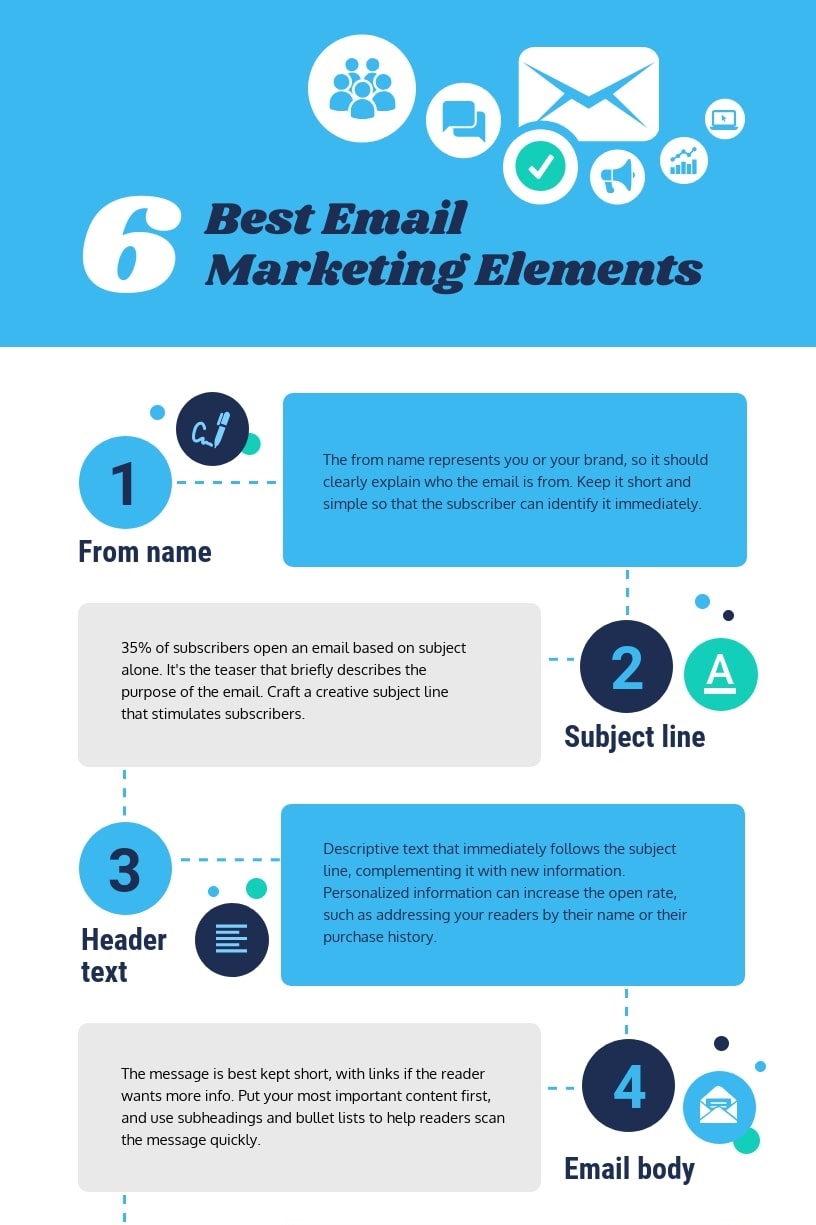DMARC Record Best Practices: How To Ensure Email Deliverability And Security
In an era where email is a vital communication channel for businesses and individuals alike, ensuring email deliverability and security is of utmost importance. Email authentication protocols, such as DMARC (Domain-based Message Authentication, Reporting, and Conformance), play a crucial role in combating email fraud, phishing attacks, and unauthorized email senders.
This article aims to provide an overview of DMARC and highlight the best practices for implementing a DMARC record to enhance email deliverability and security.
How does a DMARC record work?
DMARC (Domain-based Message Authentication, Reporting, and Conformance) is an email authentication protocol that helps protect against email spoofing, phishing, and unauthorized senders. Here's an overview of how DMARC records work:

- Publishing the DMARC Record: Domain owners publish a DMARC record in their DNS settings, specifying their desired email authentication policies.
- Email Authentication: When an email is sent, the recipient's email server checks for the sender's DMARC record. It performs authentication checks using SPF and DKIM to verify the email's legitimacy.
- Policy Evaluation: The recipient's email server evaluates the DMARC policy specified in the DMARC record. This policy determines how the server should handle unauthenticated emails.
- Policy Enforcement: Based on the DMARC policy, the email server takes appropriate action. It can either deliver the email as usual (none), place it in the spam or quarantine folder (quarantine), or reject the email altogether (reject).
- Reporting: DMARC provides reporting capabilities, allowing domain owners to receive detailed reports on email authentication results. These reports provide insights into the legitimacy of emails sent from their domain and any potential abuse attempts.
DMARC Record Best Practices To Ensure Email Deliverability And Security
Implementing DMARC (Domain-based Message Authentication, Reporting, and Conformance) records is crucial for enhancing email deliverability and security. Here are some best practices to ensure the effectiveness of your DMARC implementation:
1. Start with Monitoring Mode:
When implementing DMARC, begin with a "p=none" policy. This policy allows you to receive DMARC reports without impacting email delivery. It enables you to analyze the reports and identify legitimate sources that may fail authentication. This step helps you understand the authentication landscape of your domain and take appropriate actions.

2. Gradually Transition to Enforcement:
After monitoring and analyzing the DMARC reports, gradually move towards a stricter policy. Consider transitioning to a "p=quarantine" policy first, which instructs email receivers to treat unauthenticated emails with caution, potentially sending them to the spam folder.
Once you have resolved authentication issues, you can further tighten security by implementing a "p=reject" policy, instructing email receivers to reject emails that fail authentication outright.
3. Include Subdomains:
To ensure comprehensive email authentication, apply DMARC policies to all subdomains as well. Use the "sp" (Subdomain Policy) tag in the DMARC record to define separate policies for subdomains, allowing granular control over email authentication for different subdomains within your organization.
4. Utilize DMARC Reporting:
Regularly review and analyze the DMARC reports generated by email receivers. These reports provide valuable insights into the authentication status of your emails, including successful and failed authentication attempts, sources of unauthorized emails, and potential abuse. By monitoring these reports, you can identify and address authentication failures, adjust your DMARC policy, and strengthen your email security.
5. Implement SPF and DKIM:
DMARC relies on the underlying authentication protocols SPF and DKIM. Ensure that you have correctly implemented SPF and DKIM for your domain. SPF specifies the authorized email servers for your domain, while DKIM adds a digital signature to emails to validate their integrity.

Implementing these protocols correctly enhances the effectiveness of DMARC authentication and reduces the chances of false positives or false negatives.
6. Regularly Update and Maintain DMARC Record:
Review and update your DMARC record periodically to adapt to changes in your email infrastructure and business requirements. Ensure that the record accurately reflects your desired policies and reporting preferences. Regular maintenance ensures that your DMARC record remains up to date and aligned with your email deliverability and security goals.
Learn about How to secure and improve deliverability with DMARC clickhere
Considering all this, implementing DMARC record best practices is essential for any organization that values email deliverability and security. Not only does DMARC protect against phishing and spoofing attacks, but it also helps to build trust between a company and its customers. By following these best practices, such as monitoring and analyzing DMARC reports, organizations can ensure that their emails are being delivered securely and effectively.